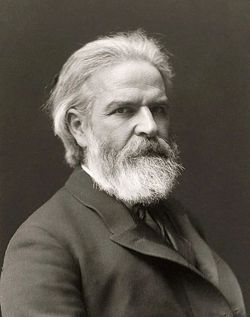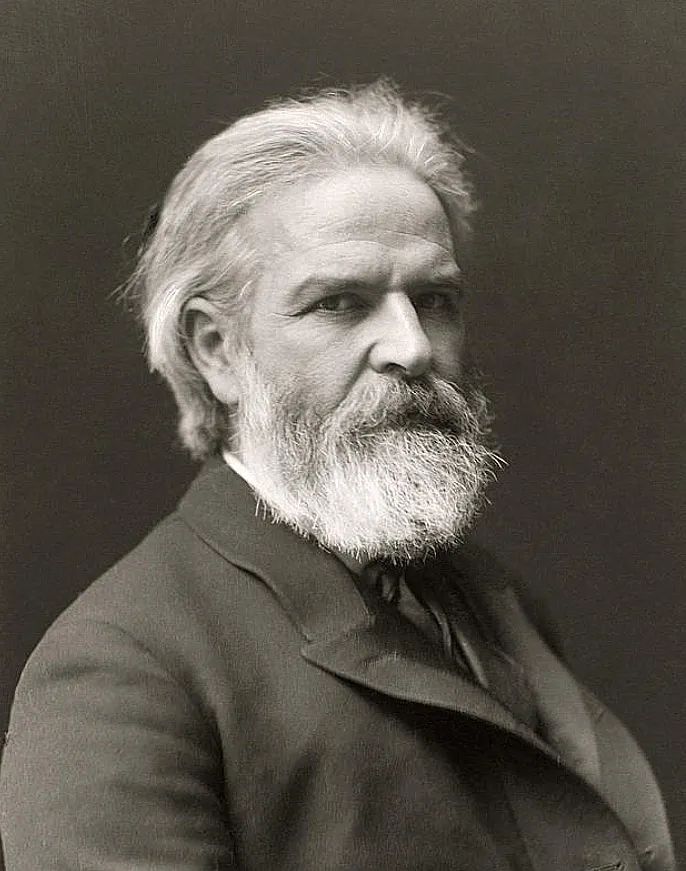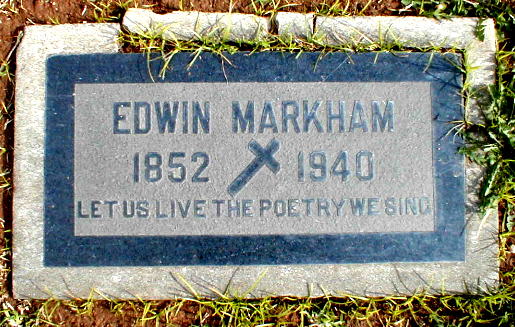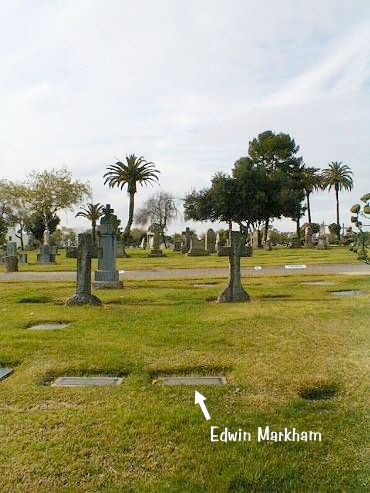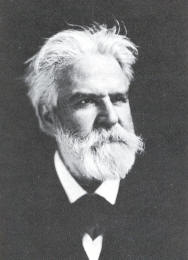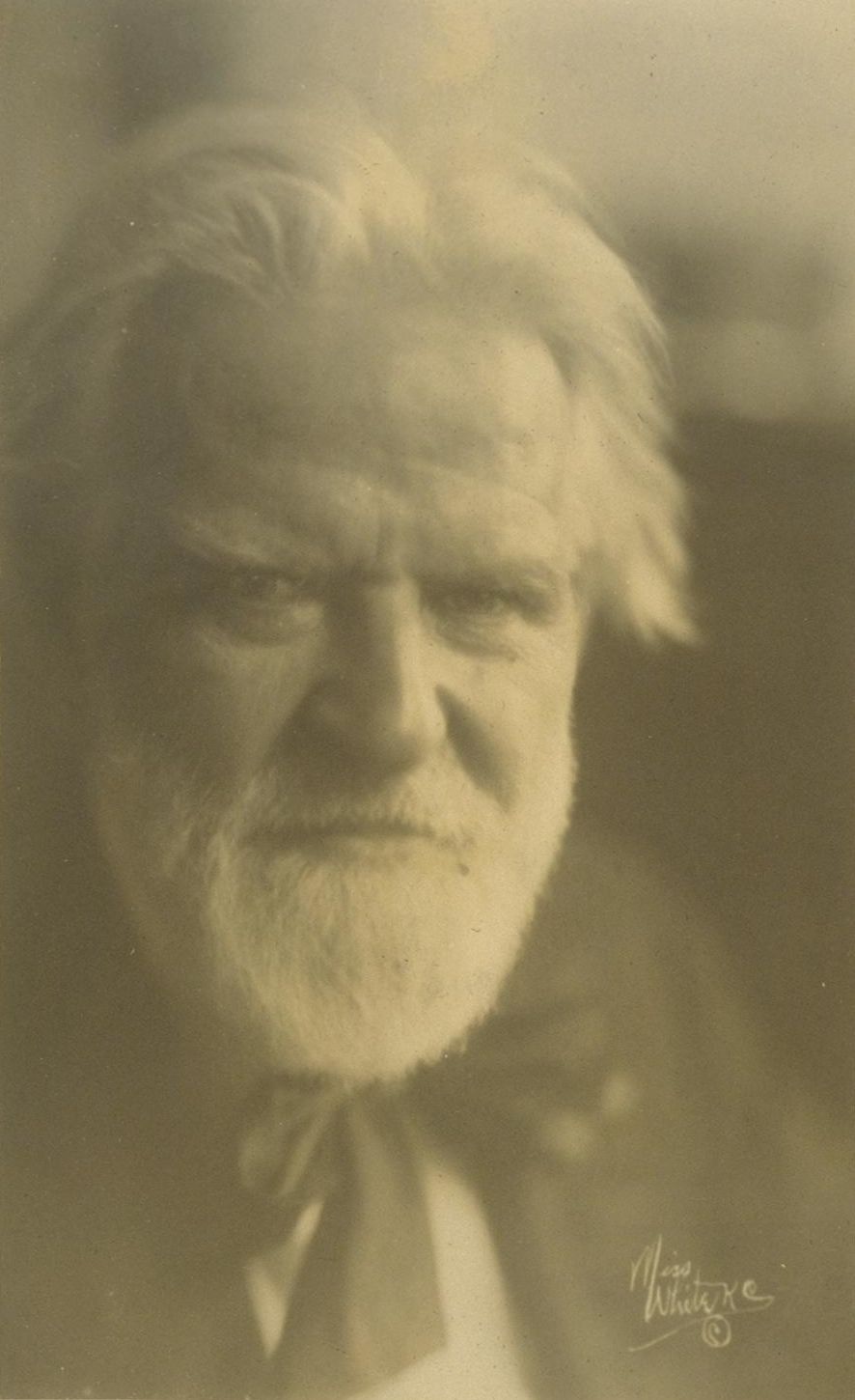Bio by: D C McJonathan-Swarm
Inscription
LET US LIVE THE POETRY WE SING
Family Members
-
![]()
Cyrus Markham
1820–1883
-
![]()
Samuel Markham
1822–1871
-
![]()
Daniel Boone Markham
1822 – unknown
-
![]()
Emily Markham
1830–1830
-
John Bird Markham
1831–1912
-
![]()
Cynthia Ann Markham
1835–1838
-
![]()
Warren Winchell Markham
1836–1918
-
![]()
Donald Frederic Markham
1839–1839
-
![]()
William Henry Markham
1841–1909
-
![]()
Amy Jane Markham
1842–1843
-
![]()
Edwin G. Markham
1843–1845
-
![]()
Mary Louisa Markham Carlton
1845–1898
Advertisement
